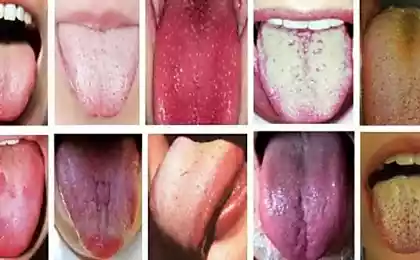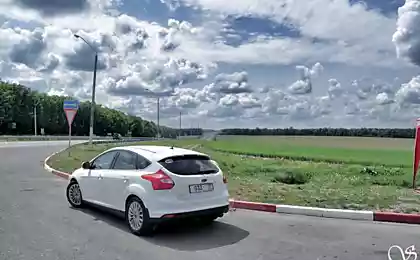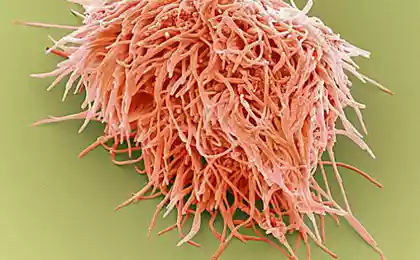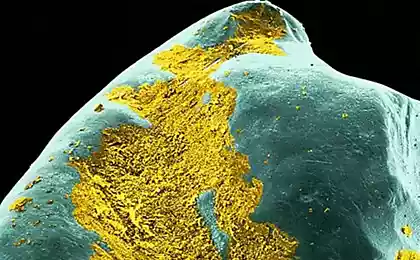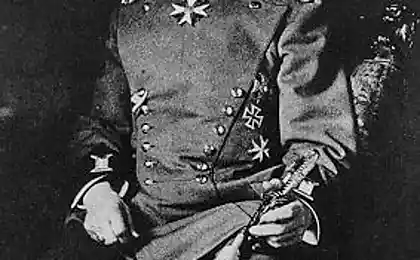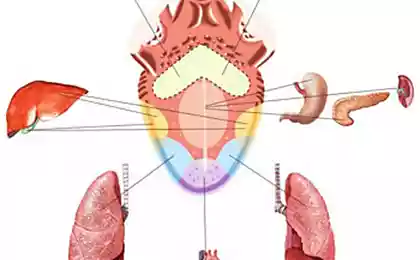758
The raid of Yevpatoria.
Will be 21 photos and text in the history of this ancient city.
old.evpatoriya-history.info/history/war/spb.php
In the thirties in the Soviet Union under the leadership of engineer Vladimir Sergeyevich Vahmistrova were working to build a flying aircraft carrier.
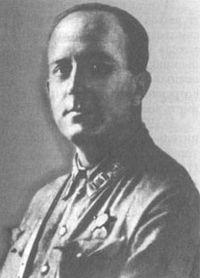
"Link St. Petersburg" is a heavy bomber TB-3 with four engines AM 34RN and suspended under its wing two fighters I-16 type 24.
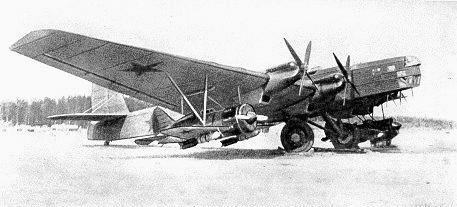
The target area was made uncoupling, after which the "donkey" stabbed and returned to the airfield "on their own". Each fighter armed with a pair of bombs AB-250.

The bombs AB-250
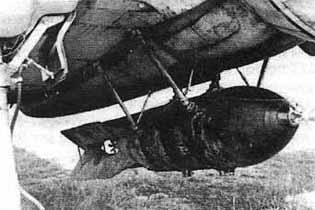
By July 1941, only unit, who had pre-war experience of flying on a plane and I-16 in the "links" was 2nd Squadron Special 32 th Fighter Aviation Regiment (IAP) Air Force's Black Sea Fleet. Its commander was Captain Arseny V. Shubik. An experienced pilot, party battles over Zaragoza and Guadalajara.
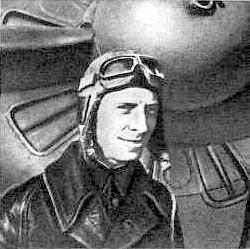
Already in the first day of the war, the People's Commissar of the Navy's Black Sea Fleet Air Force set the task of "air strikes to destroy the objects of oil fields in Ploesti and Chernovodskogo bridge over the Danube." The role of the Romanian oil to Germany, started a war on two fronts, it was hard to overestimate.
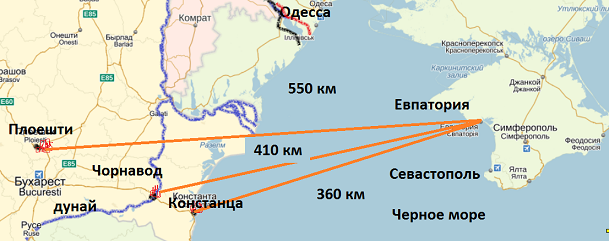
Since the beginning of military operations in the Soviet Union as part of the German 4th Air Force formed the 40th Air Defense Air District there are several anti-aircraft artillery regiments (partially - Romanian), as well as fighter Bf 109E-7 from the JG52
8 anti-aircraft guns, 8-cm Flak 37 on M \ D platforms
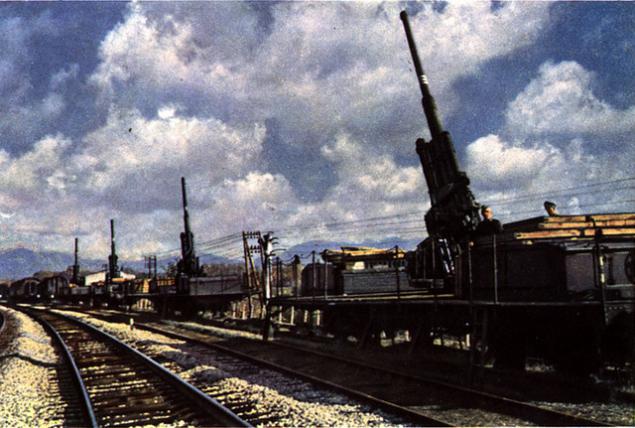
8. Bf 109E-7 from the JG52 and his identification mark
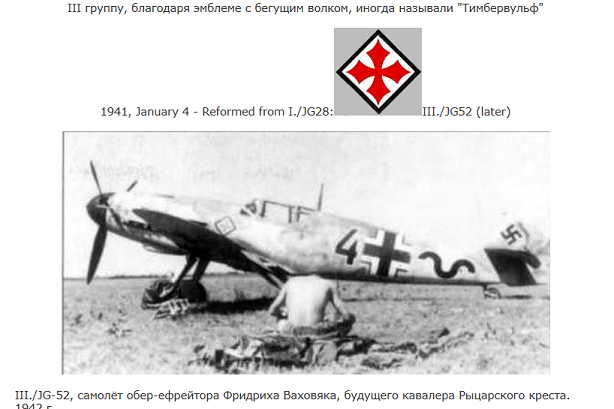
Soviet bombers for the first time "was honored by the attention" Constanta late evening June 22, 1941 (three DB-3 and six SB), and the next day attacked the city and port have 73 of our aircraft. June 24 raid was attended by 18 DB-3, and the same SB. On the oil terminals, and airfield neftegorodok fell 12 FAB-500, 66 250 and FAB-100 FAB-100. All groups returned without losses,
9. DB-3 bomber -dalny KB Ilyushin
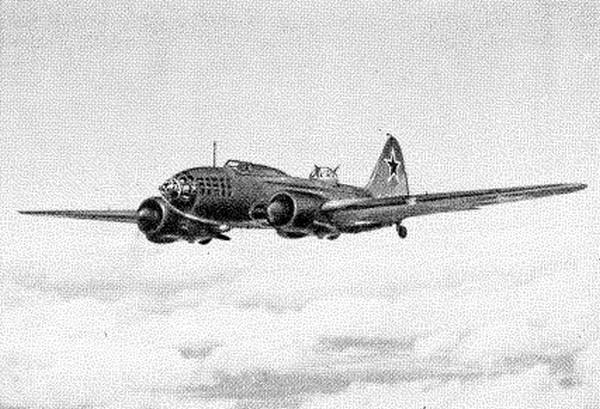
10. Security - speed bomber Tupolev
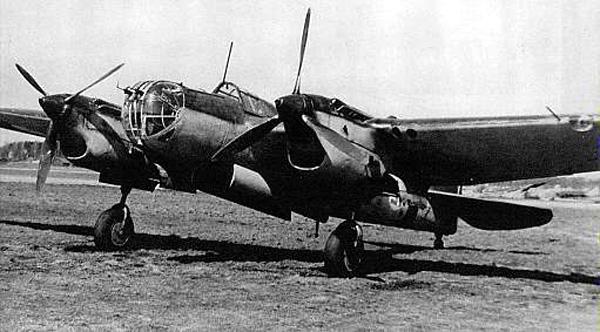
Two days later, the Air Force's Black Sea Fleet provided raiding operation of Soviet warships to Constanta. In this killed the leader of the "Moscow" and nine of the Security Council of the 40th BAP. In total, during the first month of the war in the most important Romanian port 25 air raids were committed with the participation of 191 aircraft. Since mid-July navy DB-3 with the same type of machine from the 4th Air Corps of the Red Army Air Force started a regular night raids to oil facilities in Romania.
11. The leader of the «Moscow»
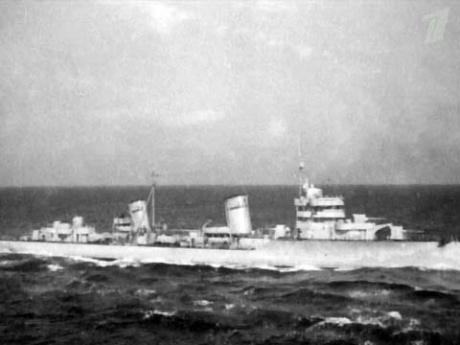
So on July 13, as a result of hitting sixes DB-3 Ploiesti arose gigantic fire at an oil refinery "Unirea", which lasted three days.
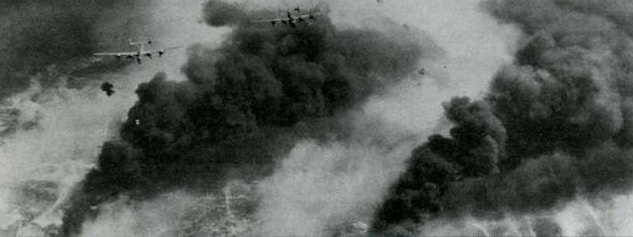
13.ekipazh AA bay, 40 BAP BSF

After mastering the Soviet crews received the Navy dive bombers Pe-2, August 1, 1941, these machines for the first time took part in the strike on Constanta. Six of the 40 th BAP took on the task squadron commander Major II Morkovkin. Approaching the target at an altitude of 4500 m, "pawn" alternately bombed the ships in the database.
14. -2 dive bomber Pe CB Petlyakov.

By early August, air defense district Constanta Ploiesti seriously increased. The enemy succeeded in establishing a clear interaction between the fighters and anti-aircraft artillery, and the probable directions of the approach of the Soviet bombers in the 50-100 km from the coast in the daytime patrol continuously circled Bf110- heavy Luftwaffe fighters

In early August, the Air Force's Black Sea Fleet command decided to launch another attack on the Cernavoda bridge and allocated for this group of five long-range bombers DB-ZF from the 2nd mtab and six dive bombers Pe-2 from the 40th BAP. Furthermore, the group included three "link SPB" .The calculation showed that fighters still needed about a hundred liters of petrol. Otherwise, he could repeat episode of the forced landing of one of the "SPB", not managed to fly only 30 km to the Odessa airport.

Early in the morning of August 10 heavy bomber with three hanging under the wings of-16 took off from an airfield in Yalta and headed for the mouth of the Danube. The head TB-3 piloted by First Lieutenant S. Gavrilov, in the cockpits of fighter aircraft were Captain A. Shubik and Lieutenant B. Lytvynchuk (later Hero of the Soviet Union). The second link - the commander, Major E. Razenkov aviamatki in the "donkeys" - a senior lieutenant B. Filimonov and Lieutenant I. Kasparov.
B. Lytvynchuk
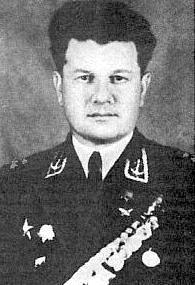
The first goal came in the DB-ZF, but none of them dropped FAB-500 bridge is not got. At 5:35 came the turn of the pilots "donkey." They attacked in turn, swooping from a height of 1,800 to 300 m, not paying attention to the fire of anti-aircraft guns. Each threw two FAB-250, which fuses is set to 0, 1 - momentary slowdown. The explosions took place so close that all planes to "catch" pieces of their own bombs.
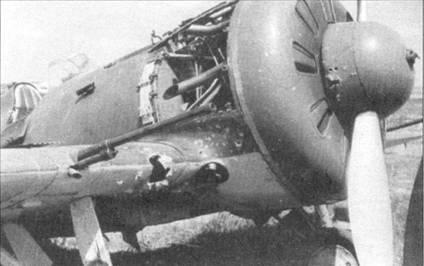
Next start from the airfield in Yalta was given at 03:30. August 13
At 05:40 in 15 km from the coast it was made uncoupling, and after only ten minutes of "donkey" has swooped in pairs at the target from a height of 1800 meters. This time was a complete success: the crews have noted five (!!) direct hits by bombs FAB 250 bridge and a burst of 30-40 m from it. According to some data and photos taken later, it was found that as a result of the bombing was completely destroyed by a 140-meter truss bridge and again interrupted the pipeline.
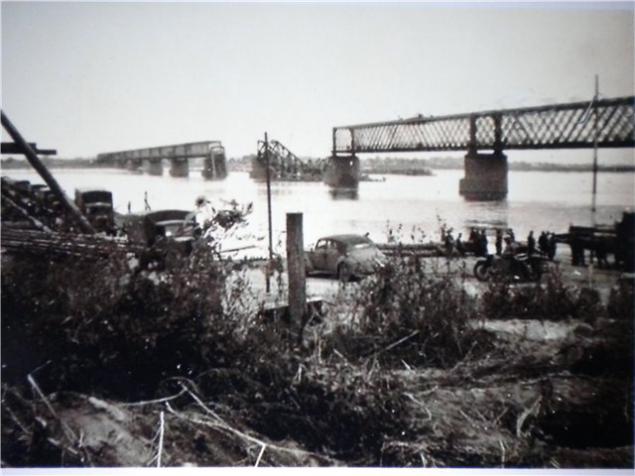
Calculations fired anti-aircraft guns at the exit from the dive, "donkey" went from the bridge to climb 1500 meters and at 07:05 landed at the Odessa airport. After refueling fighters on the same day they returned to their base in Yevpatoria ....
20. Lieutenant B.Filimonov after landing in Yevpatoriya.
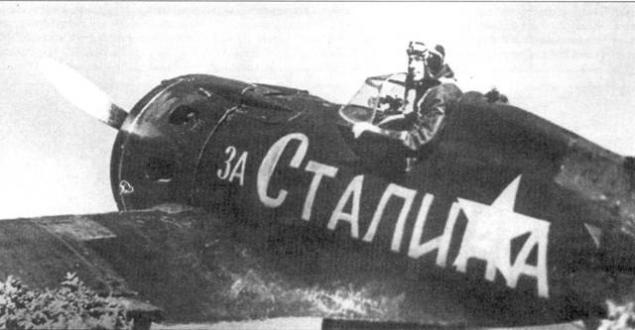
Having lost almost all of the base in the Crimea Black Sea Fleet aircraft was forced to operate with a single Sevastopol at Cape Khersones airfield and air bases stationed on the Caucasian coast. The situation is so complicated that the navy was not to experiment with the "links". Soon after mass production of twin-engined Pe-2 bombers partly removed the problem of destruction of ground targets with a dive.
And gradually the project "link in the SPB" went down in history.
But as the plane I-16 ...
all.
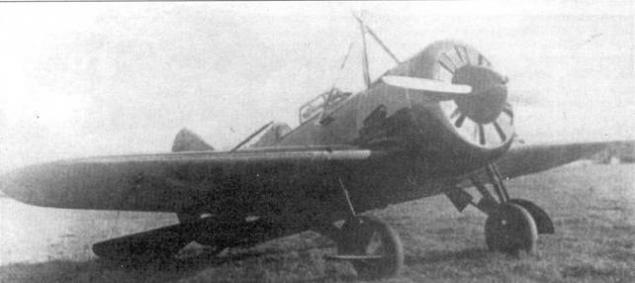
Source:
old.evpatoriya-history.info/history/war/spb.php
In the thirties in the Soviet Union under the leadership of engineer Vladimir Sergeyevich Vahmistrova were working to build a flying aircraft carrier.

"Link St. Petersburg" is a heavy bomber TB-3 with four engines AM 34RN and suspended under its wing two fighters I-16 type 24.

The target area was made uncoupling, after which the "donkey" stabbed and returned to the airfield "on their own". Each fighter armed with a pair of bombs AB-250.

The bombs AB-250

By July 1941, only unit, who had pre-war experience of flying on a plane and I-16 in the "links" was 2nd Squadron Special 32 th Fighter Aviation Regiment (IAP) Air Force's Black Sea Fleet. Its commander was Captain Arseny V. Shubik. An experienced pilot, party battles over Zaragoza and Guadalajara.

Already in the first day of the war, the People's Commissar of the Navy's Black Sea Fleet Air Force set the task of "air strikes to destroy the objects of oil fields in Ploesti and Chernovodskogo bridge over the Danube." The role of the Romanian oil to Germany, started a war on two fronts, it was hard to overestimate.

Since the beginning of military operations in the Soviet Union as part of the German 4th Air Force formed the 40th Air Defense Air District there are several anti-aircraft artillery regiments (partially - Romanian), as well as fighter Bf 109E-7 from the JG52
8 anti-aircraft guns, 8-cm Flak 37 on M \ D platforms

8. Bf 109E-7 from the JG52 and his identification mark

Soviet bombers for the first time "was honored by the attention" Constanta late evening June 22, 1941 (three DB-3 and six SB), and the next day attacked the city and port have 73 of our aircraft. June 24 raid was attended by 18 DB-3, and the same SB. On the oil terminals, and airfield neftegorodok fell 12 FAB-500, 66 250 and FAB-100 FAB-100. All groups returned without losses,
9. DB-3 bomber -dalny KB Ilyushin

10. Security - speed bomber Tupolev

Two days later, the Air Force's Black Sea Fleet provided raiding operation of Soviet warships to Constanta. In this killed the leader of the "Moscow" and nine of the Security Council of the 40th BAP. In total, during the first month of the war in the most important Romanian port 25 air raids were committed with the participation of 191 aircraft. Since mid-July navy DB-3 with the same type of machine from the 4th Air Corps of the Red Army Air Force started a regular night raids to oil facilities in Romania.
11. The leader of the «Moscow»

So on July 13, as a result of hitting sixes DB-3 Ploiesti arose gigantic fire at an oil refinery "Unirea", which lasted three days.

13.ekipazh AA bay, 40 BAP BSF

After mastering the Soviet crews received the Navy dive bombers Pe-2, August 1, 1941, these machines for the first time took part in the strike on Constanta. Six of the 40 th BAP took on the task squadron commander Major II Morkovkin. Approaching the target at an altitude of 4500 m, "pawn" alternately bombed the ships in the database.
14. -2 dive bomber Pe CB Petlyakov.

By early August, air defense district Constanta Ploiesti seriously increased. The enemy succeeded in establishing a clear interaction between the fighters and anti-aircraft artillery, and the probable directions of the approach of the Soviet bombers in the 50-100 km from the coast in the daytime patrol continuously circled Bf110- heavy Luftwaffe fighters

In early August, the Air Force's Black Sea Fleet command decided to launch another attack on the Cernavoda bridge and allocated for this group of five long-range bombers DB-ZF from the 2nd mtab and six dive bombers Pe-2 from the 40th BAP. Furthermore, the group included three "link SPB" .The calculation showed that fighters still needed about a hundred liters of petrol. Otherwise, he could repeat episode of the forced landing of one of the "SPB", not managed to fly only 30 km to the Odessa airport.

Early in the morning of August 10 heavy bomber with three hanging under the wings of-16 took off from an airfield in Yalta and headed for the mouth of the Danube. The head TB-3 piloted by First Lieutenant S. Gavrilov, in the cockpits of fighter aircraft were Captain A. Shubik and Lieutenant B. Lytvynchuk (later Hero of the Soviet Union). The second link - the commander, Major E. Razenkov aviamatki in the "donkeys" - a senior lieutenant B. Filimonov and Lieutenant I. Kasparov.
B. Lytvynchuk

The first goal came in the DB-ZF, but none of them dropped FAB-500 bridge is not got. At 5:35 came the turn of the pilots "donkey." They attacked in turn, swooping from a height of 1,800 to 300 m, not paying attention to the fire of anti-aircraft guns. Each threw two FAB-250, which fuses is set to 0, 1 - momentary slowdown. The explosions took place so close that all planes to "catch" pieces of their own bombs.

Next start from the airfield in Yalta was given at 03:30. August 13
At 05:40 in 15 km from the coast it was made uncoupling, and after only ten minutes of "donkey" has swooped in pairs at the target from a height of 1800 meters. This time was a complete success: the crews have noted five (!!) direct hits by bombs FAB 250 bridge and a burst of 30-40 m from it. According to some data and photos taken later, it was found that as a result of the bombing was completely destroyed by a 140-meter truss bridge and again interrupted the pipeline.

Calculations fired anti-aircraft guns at the exit from the dive, "donkey" went from the bridge to climb 1500 meters and at 07:05 landed at the Odessa airport. After refueling fighters on the same day they returned to their base in Yevpatoria ....
20. Lieutenant B.Filimonov after landing in Yevpatoriya.

Having lost almost all of the base in the Crimea Black Sea Fleet aircraft was forced to operate with a single Sevastopol at Cape Khersones airfield and air bases stationed on the Caucasian coast. The situation is so complicated that the navy was not to experiment with the "links". Soon after mass production of twin-engined Pe-2 bombers partly removed the problem of destruction of ground targets with a dive.
And gradually the project "link in the SPB" went down in history.
But as the plane I-16 ...
all.

Source:
